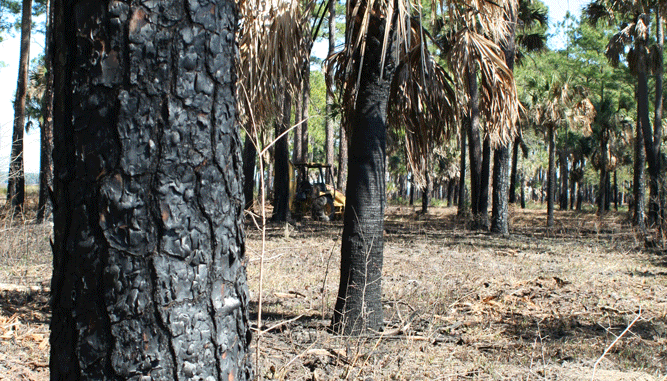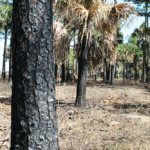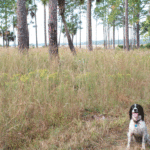
Ask a few quail hunters what happened to all the wild birds, and you’ll get predictable answers based on their anecdotal observations and discussions with friends. They’ll opine it’s red ants migrating from Florida, opossums and raccoons, hawks and owls or felis domesticus, the beautiful but brutal house cat.
Yes, all these predators have increased in numbers for various reasons, and they all eat a few quail at different stages in the birds’ lives, but the biggest problem is people — not hunters, but you and me and the farmers and the developers, all of us. We have systematically reduced or dramatically changed the habitat so much that quail can not survive in numbers. Clean-farming practices, edge-to edge tilling, large, closely mown suburban lawns, weed-controlling pesticides, disappearing family farms and garden food plots, maturing hardwood and softwood forests left uncut by “environmentalists,” and suburban sprawl all contributed to the change.
Quoting from “State of the Bobwhite” a paper recently released by the National Bobwhite Conservation Initiative, an organization that is coordinating a 25-state effort to reestablish wild quail populations:
“One of the reasons past bobwhite conservation efforts have floundered is because of competing ideas about causes and solutions for reversing the bobwhite population decline. News stories and coffee-shop talk about predators, fire ants and other minor or proximate issues can result in inaction on the primary and ultimate solution: habitat management. The first step toward a focus on habitat management as the primary solution is that the professional biologists and staff, and then non-professionals, must believe in this idea. Convincing biologists and the public takes research on the causes and solutions, and evidence — via monitoring, and education and training — that habitat can produce desired levels of bobwhite abundance. Whether or not people support the habitat-management approach, then, is dependent largely on science and outreach.”
Billy Dukes, the same-game project leader for the S.C. Department of Natural Resources, is past chairman of the National Bobwhite Technical Committee, the parent organization of the NBCI. He said, “South Carolina is a firm supporter of the initiatives.”
South Carolina has thousands of acres throughout the state actively managed to reestablish vibrant quail populations. The bulk of the state’s activity involves burning and thinning, with some limited mechanical and chemical clearing, some mid-story thinning and some enlarging of open clearings, all with the goal to increase quail-friendly surroundings and natural food.





Be the first to comment